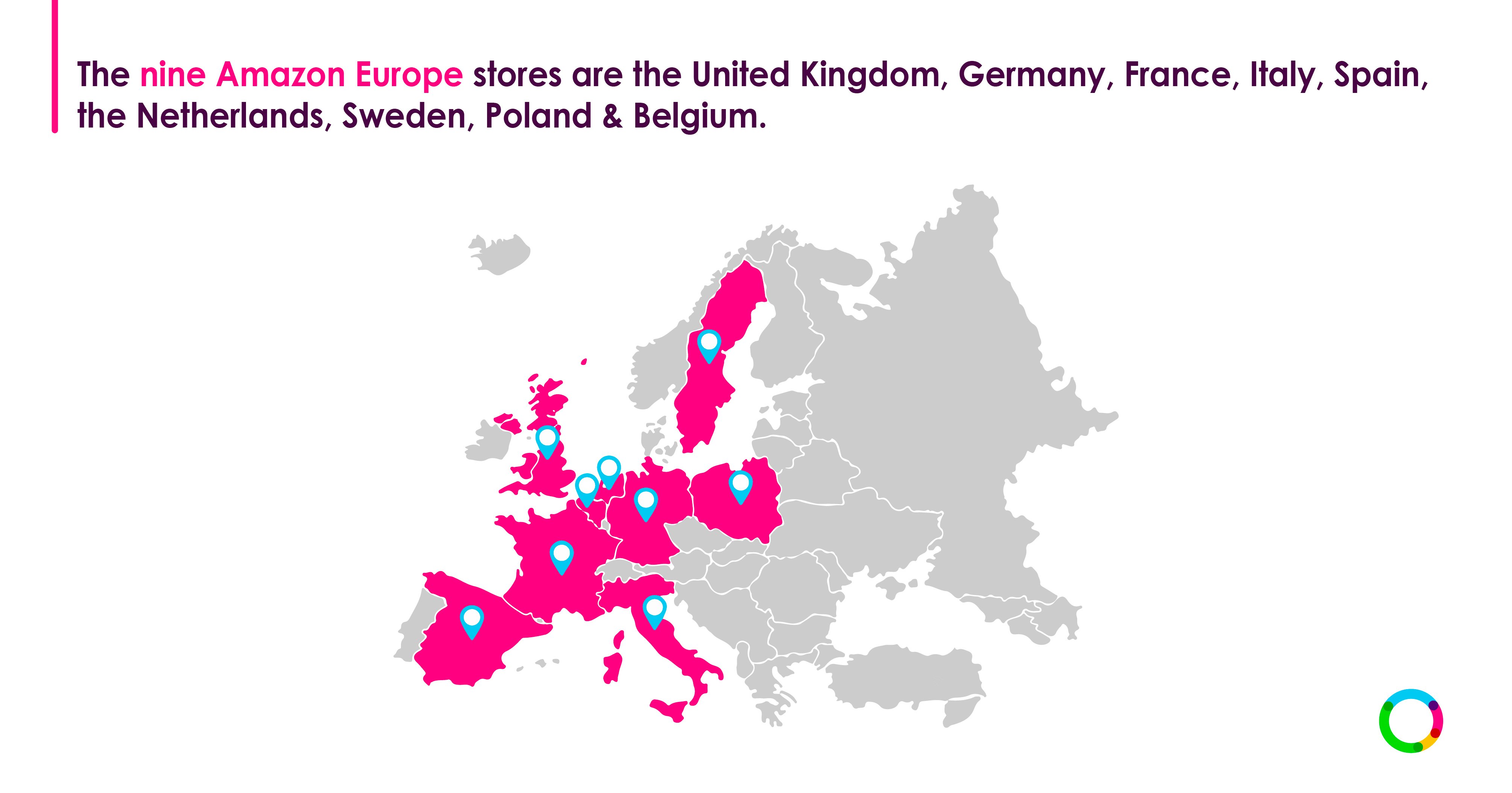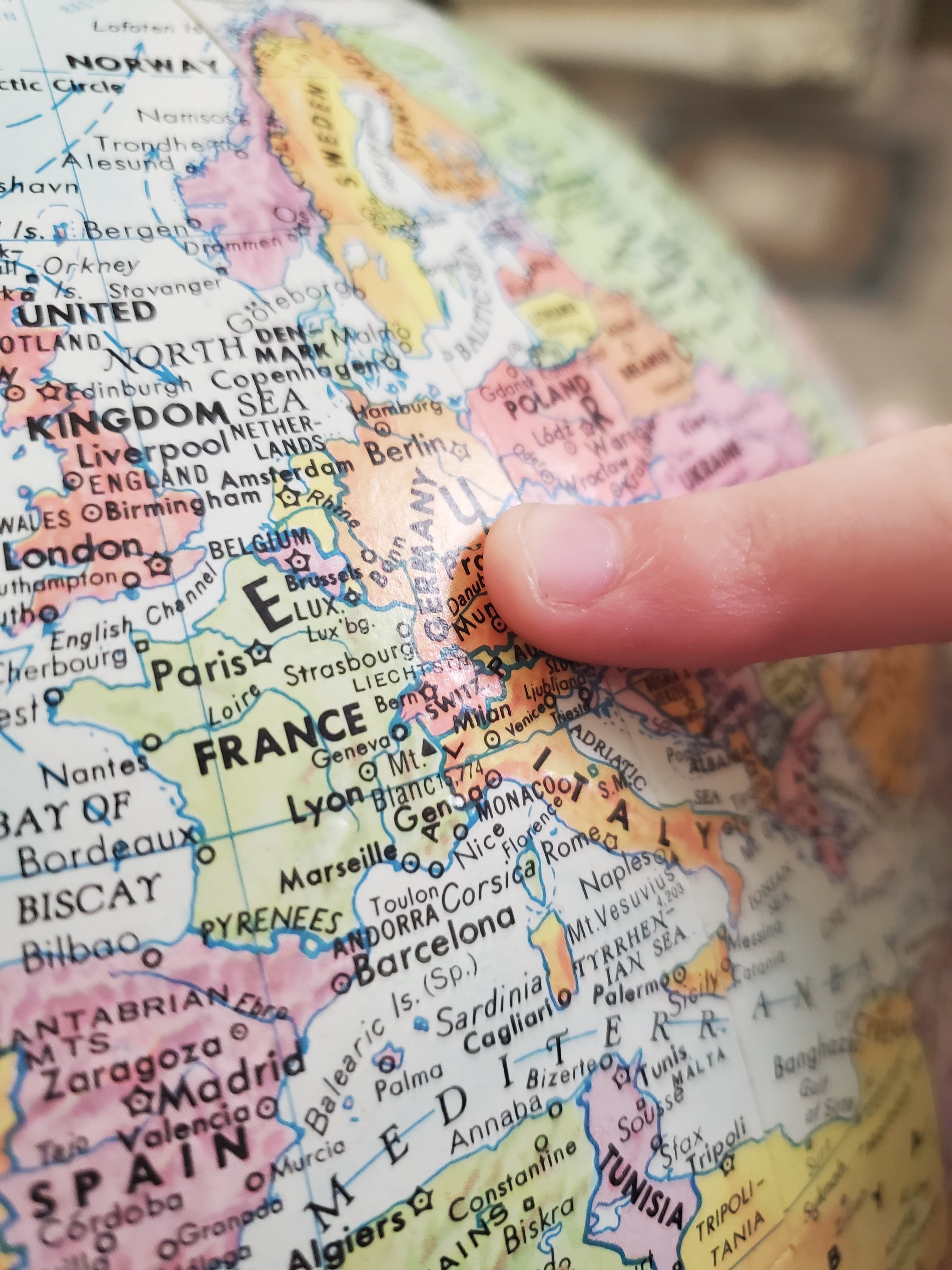Amazon Europe is experiencing a shake-up designed to increase the e-commerce giant’s profits and market share, opening its European sellers to nine new markets across the region. On April 18th, Amazon announced a new offering called the European Expansion Accelerator (EEA) which is meant to enable sellers to expand to a list of additional EU and UK stores in just “two clicks and in less than three business days”, the announcement said.
 Amazon European Expansion Accelerator will affect a range of stakeholders
Amazon European Expansion Accelerator will affect a range of stakeholders
Impact on Amazon sellers
According to Amazon, businesses must be registered as a professional Selling Partner with at least one active Amazon Europe account in order to use the EEA. They can then choose which market(s) they want to expand into. According to the company, benefits of the program are:
- Time and resource savings
- Expanding business reach
- Automated scalability
- Diversified revenue streams
It’s clear from the announcement that this new solution is aimed especially at small-to-medium businesses (SMBs), as it discusses being able to expand business with little money or effort. However, some key points were left unmentioned and there are definite concerns sellers should be aware of before using the EEA.
First, if sellers are going to be able to cover additional costs like storage, shipping, or potential customs charges, they will have to sell sufficient product volume via the marketplace. Although Amazon makes it sound like internationalisation will be simple and sellers will make quick money, it’s important not to underestimate the advertising budget that may be required. Running ads on Amazon can get expensive, especially in the more crowded verticals, with an average cost-per-click (CPC) of €0,75 ($0.81) while the average for advertising elsewhere falls between $0.05 and $10 (€0,04 and €9,24).
Additionally, Amazon only mentioned legal provisions like sales tax very briefly in the announcement, while other major areas like customs were not mentioned at all. For sellers who are considering UK expansion, however, customs will be a significant factor. With the changes brought on by Brexit, the “red-tape curtain" has become very expensive, costing businesses an average of 8 - 9% for both exports and imports of goods and services. Other factors like language translation should be considered as well, as the EEA doesn’t include search engine optimisation for translated texts.
There are both benefits and challenges presented by the EEA offering, and sellers should consider both sides before making a decision about whether to participate.
Impact on consumers
There are currently hundreds of millions of monthly visitors across Amazon Europe stores, and the EEA has the potential to show them more shops, vendors and products than ever before. According to Amazon, there were more than 86,000 third-party sellers with Amazon EU marketplace sales of at least $100K in 2020. This number has likely risen and will continue to significantly grow going forward.
How this will affect shopping choices and pricing remains to be seen as the program ramps up. We can assume the range of products available will increase, and pricing may become more competitive for sellers, and attractive for shoppers, as vendors from different regions enter EU stores.
Impact on other marketplaces
Amazon is likely to see an increase in EU sales with the EEA as new sellers gain access to these markets and consumers have access to more product and vendor choices. However, other existing marketplaces with a European presence, such as Zalando or Bol.com, may see a small decline in investment as sellers expand to the Amazon platform.
Leon Curling-Hope, Omnia Retail’s Head of Marketing and Insights, says this of the EEA’s impact on other marketplaces: “I believe that this will be short-lived due to the long-term nature of the Amazon business. We need to take a step back and see Amazon as a marketing platform like Google Shopping, where it forms part of the ‘marketing mix’, but not a silver bullet.”
As for how those other sites may react to the changes at Amazon, Curling-Hope observed the challenge for local marketplaces to compete with the retail giant. “Local marketplaces face the challenge of competing with Amazon's vast product selection, efficient logistics, and aggressive pricing strategies. We could see them become or attempt to become more efficient here in one or more of these verticals.”
Talk to one of our consultants about dynamic pricing.

What does this mean for pricing on Amazon?
From the seller’s point of view, the EEA has some intriguing potential for better pricing strategies across EU markets. Sellers who use dynamic pricing software will be able to remain competitive in local markets and automatically adjust pricing based on local competition and market signals. We can expect to see more offers on the local market due to the opening of the EEA and the opportunity for more sellers to sell across borders.
On Amazon’s side, the EEA is likely to increase the company’s power in the EU and the UK. By analysing their vast amount of data on local demand and competitor pricing, Amazon can adjust its prices to offer the best possible value to customers while maximising profits on their own product offerings.
With dynamic pricing software, sellers will remain competitive and quickly spot when new entrants join the market, automatically adjusting pricing strategies accordingly. For example, if a new market entrant from another country has a better product offer in terms of price, this doesn't mean that you need to compete with him on price; you will first want to check on a variety of factors: whether this is a relevant competitor or not, vendor reviews, shipping costs, delivery time, stock levels and more. The pricing rules set by the seller in their dynamic pricing software ensures that every relevant factor will be executed automatically.
See how Dynamic Pricing from Omnia can help you automate your pricing strategy across Amazon, across countries and all other e-commerce channels.




